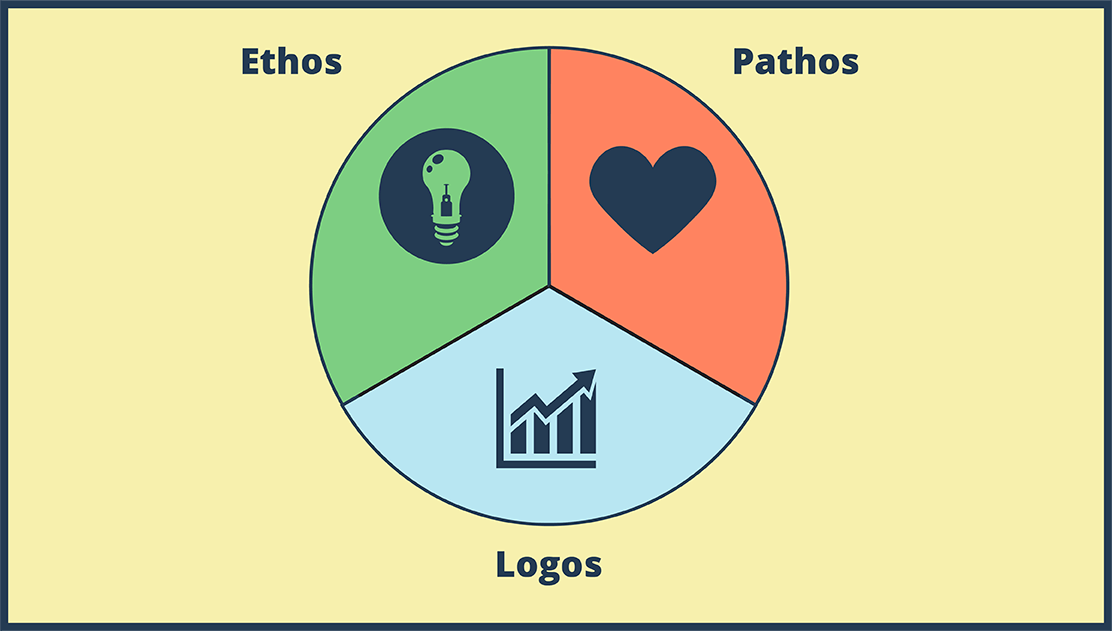How to Use a Protractor

You can find this storyboard in the following articles and resources:

Stay Storyboarding All Summer Long
Lesson Plans by Anna Warfield
I can’t draw. I’ve tried to learn, but my hand does not move the pencil in quite the right way. Even though my hands don’t have the master skills of an artist, my brain is still very creative. Storyboard That is very easy to use and it's fun to use all year long!

Using Storyboard That in Your Math Class
Visual Aids for the Modern Classroom
Storyboard That makes it easy to incorporate visual learning into your math class and have the content tailored to your students. The easily customizable templates allow you to ensure that the worksheets you give to students meets them where they are and challenges the concepts they still are working to master.

Create Engaging Educational Visuals: How to Diagram a Process
Lesson Plans by Anna Warfield
Instructions and processes are so much more easily understood when accompanied by visuals. When we storyboard a process or create a sequential diagram, we can focus on discrete steps, cause and effect, and sequence.
'
Check out some of our other educational articles!
Storyboard Description
How to Use a protractor graphic organizer - diagram a process
Storyboard Text
- Slide: 1
- GAH! Math is so stupid! It doesn't make any sense!
- Slide: 2
- This protractor thing is impossible!
- Slide: 4
- Make sure the protractor is not backwards! It makes life so much easier if you can read the numbers.
- Slide: 5
- Before we measure, tell me if this is an acute, right, or obtuse angle.
- Slide: 6
-
- Acute?
- It IS acute, so that means it measures less than 90 degrees. We already know the answer is between 0 and 90 degrees!
- Slide: 7
- There are two parts of the protractor to help you get the angle in the right place: 1) an upside-down T at the bottom middle 2) the base line (0 degrees or 180 degrees)
- Slide: 8
- We want to place the protractor on top of the angle so the middle of the T is at the vertex.
- Slide: 9
- Rotate the protractor so the vertex of the angle is still at the T, but one leg of the angle is lined up with the 0 degree line.
- Slide: 10
- The line doesn't reach the numbers!
- That's OK. Don't you remember that definition about angles? Two RAYS with the same endpoint? Rays go on forever, so we can just extend the legs of the angle.
- Slide: 11
- The legs of the angle are extended, so we just need to read the numbers. Our options are 140 degrees or 40 degrees. Which is it?
- Slide: 12
- Acute angle! 40 degrees! Take that MATH!
- Slide: 0
- I will show you how to use it. Well, step 1...
- Maybe I can help.
Over 30 Million Storyboards Created
No Downloads, No Credit Card, and No Login Needed to Try!



